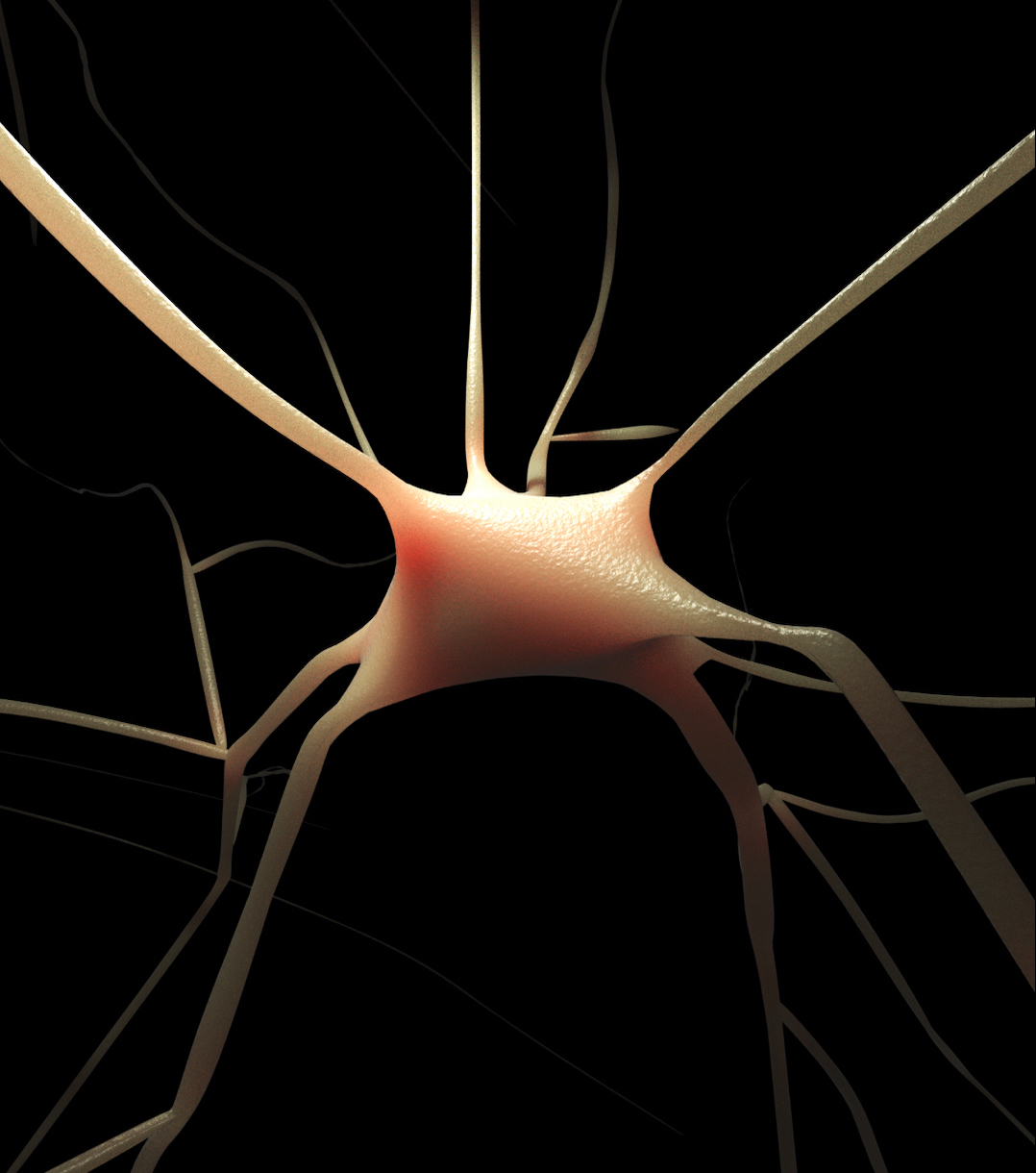Gallery - BlueBrain/NeuroMorphoVis GitHub Wiki

Aggregate plot of the reconstructed somata profiles of 55 different neocortical neuronal morphologies. The somata are reconstructed with the SoftBody method that uses the physics engine of Blender.

The Stiffness slider in the Soma Reconstruction toolbox controls the spring stiffness of the soft body object. A low value creates very weak springs (more flexible "attachment" to the goal), a high value creates a strong spring (a stiffer "attachment" to the goal). The animations below demonstrate how stiffness variations impact the progressive reconstruction of the soma and its final profile.
| 0.01 | 0.10 | 0.99 |
|---|---|---|
 |
 |
 |
The initial ico-sphere used to reconstruct the final soma profile can be scaled before the pulling action is applied to it during the simulation. This scaling will impact the final profile shape as shown in the following comparison where 0.25, 0.50 and 0.9 scale factors are used. The Radius Scale Factor parameter in the Soma Reconstruction toolbox is used to apply this scale from the GUI.
| 0.25 | 0.50 | 0.90 |
|---|---|---|
 |
 |
 |
Flat shading is used to render the morphology skeleton (on the left) and the Super Electron Light shading is used to render the reconstructed mesh (on the right). The surface of the mesh looks very realistic when we combine the Curvy edges and Rough surface parameters in the Mesh Reconstruction toolbox.

Similar to the previous rendering, the Toon shader is used to create nice sketches and illustrations for your paper.

The same morphology is rendered with Flat, Toon and Wax shading to turn a raw morphology model into a photorealistic neuron rendering.














-
Starting
-
Panels
-
Other Links

